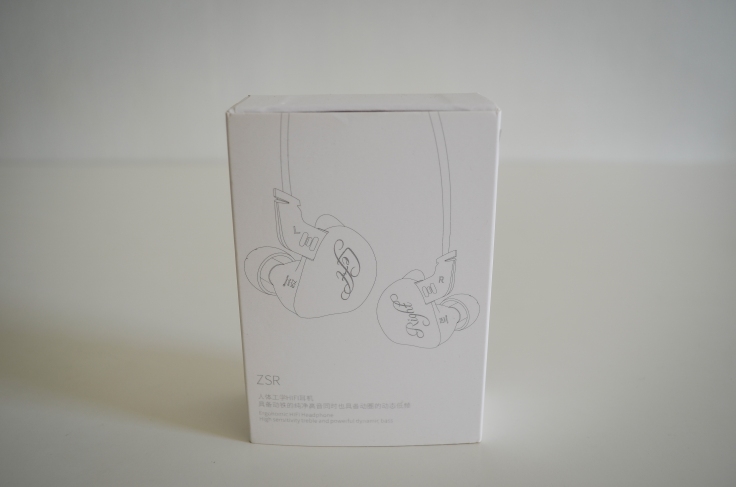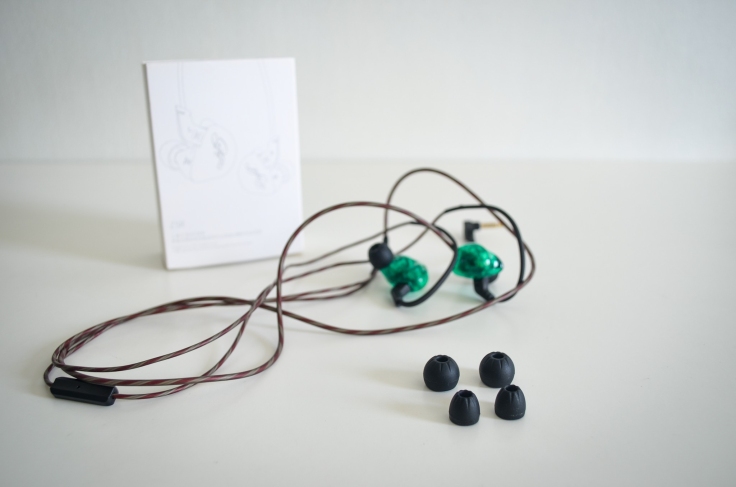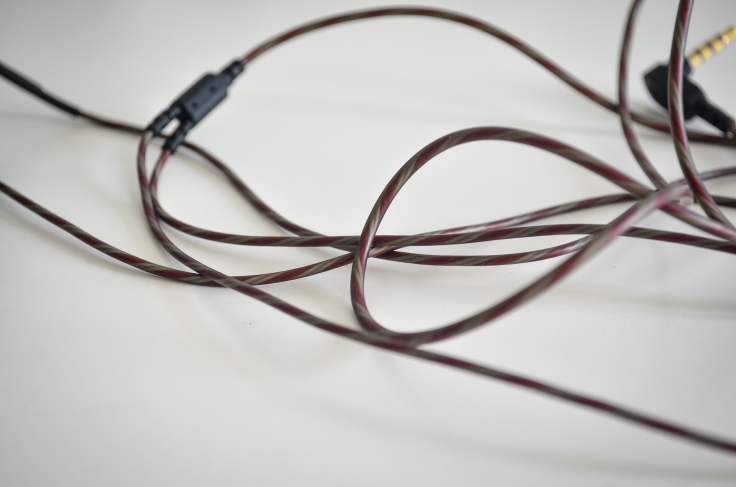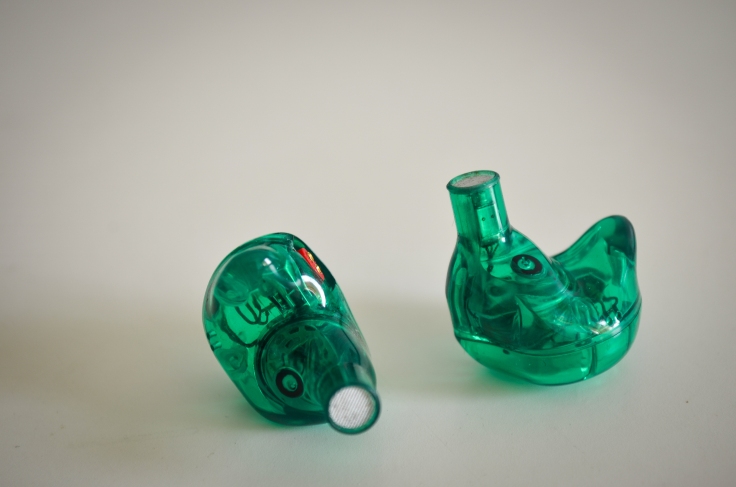
SPECIFICATIONS:
Driver: 1 x Dynamic Driver + 2 x Balanced Armature
Impedance: 22 ohms
Frequency response: 10 – 40,000 Hz
Sensitivity: 107 dB
Connector: 0.75 mm 2-pin
Disclaimer: I am not affiliated to Knowledge Zenith in any way and do not benefit monetarily or in any other form for writing this review. I purchased this in-ear monitor with my own resources and I am simply giving my honest review of the product!
Review by: “Charlie” from The Little Audiophile
TLA Score
Physical Attributes
Comfort: 7/10
Durability: 5/10
Ease of Wearing: 7/10
Noise Isolation: 7/10
Microphonics: 3/10
Value for Money: 9.5/10
Sonic Attributes
Bass: 8/10
Mids: 7/10
Trebles: 8/10
Sound Stage: 8/10
Separation & Imaging: 7/10
Source Matchability: 8/10
Oh another day, another review…
Knowledge Kenith – a brand more popularly known as KZ. They make a ton of products such as the well-received ZS6, ZST and ZS3 just to name a few. KZ is well known for manufacturing hardware that boast an impressive price to performance ratio. Their new 5-driver IEM, the ZS10 for example, comes in at a palatable SGD 60.10 (USD 44.16) on their official web-store on Aliexpress.
Coming back to the IEM in question today, the ZSR comes in at an even more accessible SGD 37.95 (USD 27.90) on Aliexpress. With its 3 driver configuration, how does this IEM actually fair?
THE BOX

The ZSR comes in an unassuming small white box. Nothing fancy at all, but yet again, the simple packaging would in turn result in a cheaper production cost, right? Inside you will find the ZSR itself along with 3 sets of ear tip sizes – small, medium (pre-installed) and large.

The unboxing experience was a little fumbly as I had some trouble removing the earphone form its slot. No risk of damaging the IEM in this process though. Other than that, the unboxing process was just pretty average…
BUILD AND DESIGN
Housing
I got my KZ ZSR in transparent green and in this colour, you can see all of the internal drivers and wiring. There is quite a substantial gap in between the face plate and dynamic driver sitting inside, which leads me to question why the housing had to be so unnecessarily large.

The plastic used is not particularly high quality either. Tapping the shell with my fingernail, I could hear that the plastic was not very thick. Yes, I know it sounds weird, but you know what I mean. Under normal use, this IEM’s structural will not fail you but I am not confident that this IEM would survive a drop from anything higher than waist level.
Bottom line – just don’t drop these (or any other IEM for that matter).
Wire
The wire, oh my lord the damn wire… this is the part that I really dislike (maybe even hate) most about the IEM. It is made of rubber. Not just rubber. But a grippy, springy tangle prone kind of rubber. It is sufficiently long at approximately 1.3 m and you do get an in-line mic however.

The Y-split is not particularly robust either and looks like it could be a potential weak point of the cable. The 3.5 mm jack looks decently built though.


The good thing about the ZSR is that it comes with a detachable cable, which means cable rolling is sort of a possibility. Why is it “sort of a possibility” you might ask… well, the connector that KZ decided to go with is 0.75 mm, which means the much more common 0.78 mm 2-pin connectors might not work with this IEM and may stress the female connectors if you do manage to plug them in.

Then there is the question of polarity, which I, unfortunately, am not able to confirm if the polarity is indeed reversed. KZ does make their own upgrade cables so I would highly recommend using those instead.

COMFORT
Remember the iBasso IT03 that we reviewed previously? The ZSR is very much like those in terms of the shell design (and internals too, as they both sport the same driver configuration). Hmmm *squints eye and looks rubs chin suspiciously…* Anyways, with the shell looking so similar to that of the IT03, you would expect the comfort level to be pretty identical right? Right.
The ZSR is a comfortable pair of IEM. The nozzle, though a little on the wider side, fits me very well and the provided Starline tips allow for a deeper insertion and therefore isolation is quite above average while not putting uncomfortable amounts of stress on your ear canals. Do note that with the Starline tips, repeated insertions and pull-outs (over a short time span) can easily result in a sore inner ear.

The protrusion for the concha is not as deep as that found on the IT03, thus it should fit most people’s ears better.
SOUND QUALITY
Many mid to high end IEMs cost well into the hundreds or thousands, but not everyone is willing to invest so much into an equipment as such for a good sound. So, how does the KZ ZSR perform in terms of sonic performance? Not bad actually… especially for what you are paying.
Now onto the sound…
Sound Signature
The ZSR no doubt is tuned for a U-shaped, balanced sound signature with slightly more treble emphasis somewhere in the 7 kHz to 12 kHz range than bass. The ZSR is more musical than technical. It is quite detailed for the price though.
Sound Stage and Imaging
The polite bass response on the ZSR helps to widen the soundstage and frankly, the soundstage is quite wide even by “audiophile” standards. Imaging however is a little messy, due to the poorer separation between instruments. I was unable to pinpoint the position where each instrument was playing from in almost every track.
Bass
Bass on the ZSR is quite tight or controlled and there is more mid-bass than sub-bass. That mid-bass does muddy the lower-mids a little, however.
Sub-bass extension is delightful. It is deep such that I was able to actually hear the sub-bass rumble, though this rumble is not particularly weighty.
Mids
The mids on the ZSR is slightly recessed and takes on a relaxed presentation. Vocals are decently articulate and sound relatively smooth, though it does not take the frontal presentation in music and is not very intimate.
String instruments do not sound in your face and actually has a good timbre to it. Guitars, for example, do not sound overly emphasized and sit very nicely with the rest of the music.
Treble
The trebles are pretty detailed for the price. They are also quite forgiving and will not highlight poor mastering too aggressively.
The trebles were noticeably peaky in the 7 kHz to 12 kHz range and were quite harsh and sibilant. Diana Krall’s “Desperado” was not enjoyable to listen to with this IEM as the “S” consonants are just way too pronounced and is quite fatiguing to listen to. Skrillex’s “Bangarang” is another perfect example of how the trebles are just way too sharp.
Overall, I did not like the treble response on the ZSR, though at the price I should not be complaining.

PAIRING
Alternative Ear Tips
Foam Tips
I found that foam tips paired well with this IEM as it helps to enhance the bass response while smoothing out some of the sharp trebles

Source
The ZSR is very easy to run and does not require a lot of power to reach its full potential.
I found that a warm or V-shaped sound signature pairs well with the ZSR. It brings out the musicality in tracks. I was testing this IEM with the V-shaped sounding Sony Xperia XA1 on the go and I actually quite enjoyed myself with this combo.
CONCLUSION
The KZ ZSR is no doubt a fantastic IEM in terms of Price to Performance Ratio. For the money, I personally have not heard of any other IEM that performs quite as well as these in the under $50 price bracket, less the Advanced S2000 and Xiaomi In Ear PRO HD.
With a fair build quality, removable cable and a decently balanced sound, these IEM are easy to recommend to anyone who is on a tight budget. If you prefer an even more balanced sound, however, I would recommend the Advanced S2000. Though it does cost a tad bit more, I feel it is worth even extra penny.
If you are decided on getting the ZSR, I would highly recommend picking up the KZ OFC cable and try them with foam ear tips. Well, I guess this is it for now. Stay safe and I’ll see you in the next review!
Do check out our WordPress site at https://thelittleaudiophile.wordpress.com/ for more reviews!

